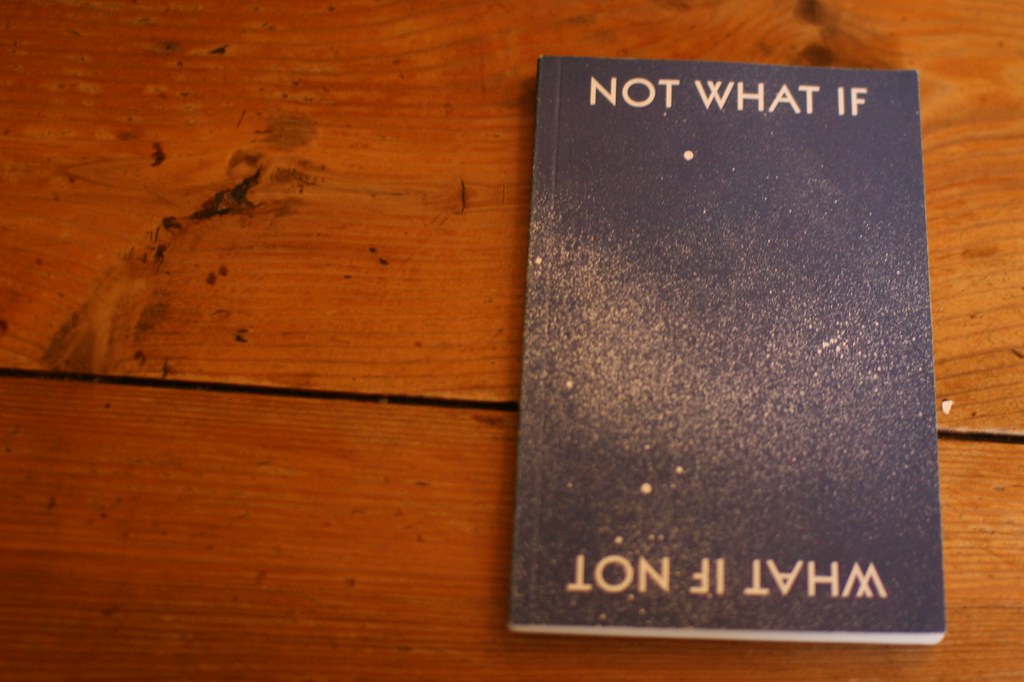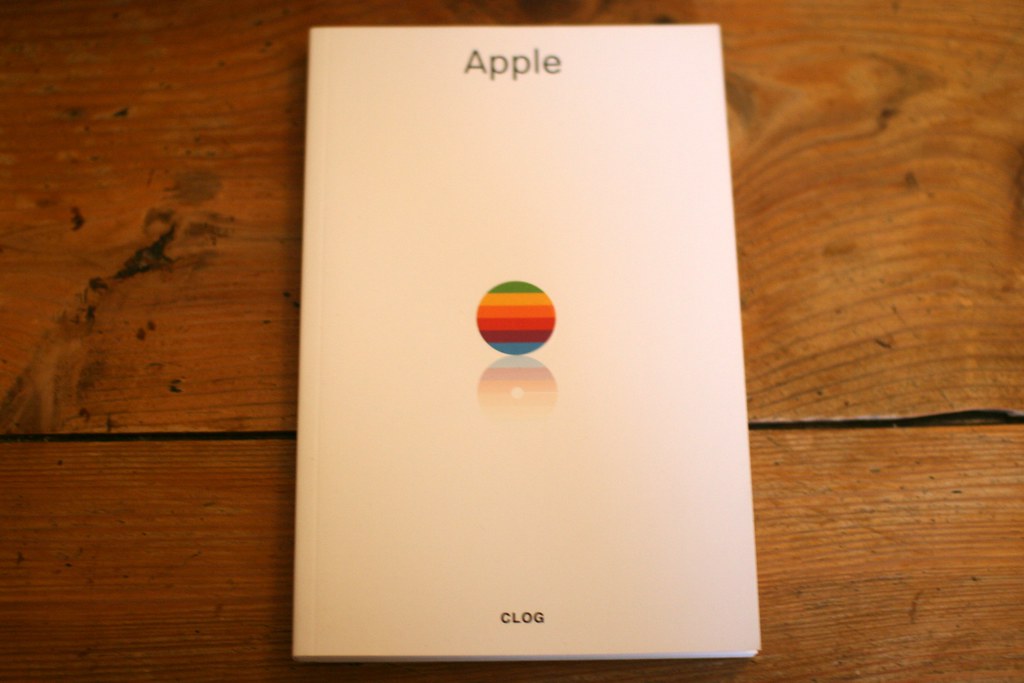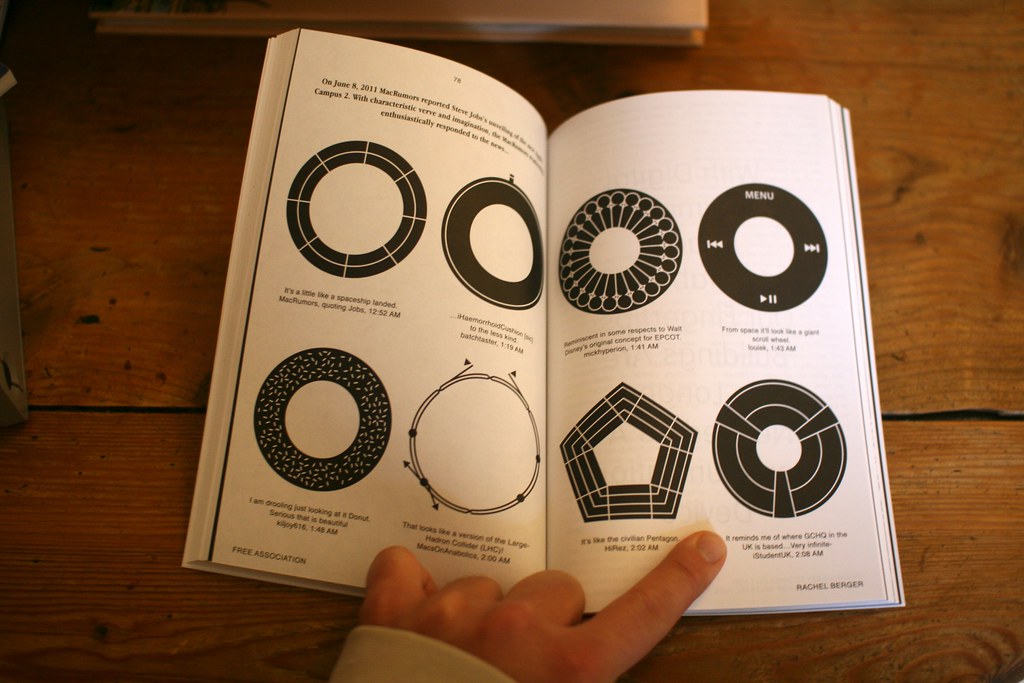Quick notes from books i've read recently: NOT WHAT IF / WHAT IF NOT (Task #2) "For most clients who want a sellable product, 'what if? is not the most comfortable starting point."
This book is part of the "task newsletter" initiative, a once-a-year publication meant to "use design as a perspective, designed objects as evidence of larger systems, and designers as researchers." has been edited by Emmet Byrne, Alex DeArmond, and Jon Sueda. It's focused on "mundane science-fiction" and I found plenty of curious insights in there. It's about "fictious assets", "badly wired automata", "being forced to see things differently" and overall how "design is tied up with the future since design is usually a speculative proposition". The best bit is certainly this question Emmet asks "Instead of 'what if'" they ask 'what if no?' and in doing so hope to create a new literature that explores the wonders of our daily reality."


 Thanks Emmet for giving me a copy!
Thanks Emmet for giving me a copy!
Apple (CLOG)
"Apple" is published by "Clog", a series of book that explores, from multiple viewpoints and through a variety of means, a single subject particularly relevant to architecture now. It's about Apple architecture:
"CLOG : APPLE showcases over 50 international contributors, including architects, designers, cartoonists, comedians, engineers and other industry leaders. Highlights include an examination of Steve Jobs's Eichler-designed childhood home; the evolution of Apple's store designs; its leading role in innovative glass engineering; the symbolism and urban implications of the new Cupertino headquarters design; reactions to Apple Campus 2 by notable architects and critics; and an interview with one of Apple Computer's original three founders, Ronald Wayne."
The book is interesting, and typical from an architecture series, as it make intriguing connections between architecture, apple design and cultural issues. I mostly bought it as an example of how different objects (pictures, patent excerpts, diagram, graphic mock-ups) are employed to generate arguments and examples about this topic. I was less interested in the stories about Apple than in the way these elements act as a "vehicle". The comparisons between the iPod circular interfaces, the Apple building and other similarly-shaped artifacts (e.g. the Cern LHC) is interesting for that matter.
Créatures! by Amandine Prié and Joël Bassaget
Published by Les Moutons Electriques ("Electric sheeps" in French), the book is a compendium of creatures one can find in tv shows. Ranging from vampires to robots and werewolves, it basically describes these characters and show their cultural implications or their underlying meaning.
Why do I blog this Forcing myself to take somes notes after reading books.







